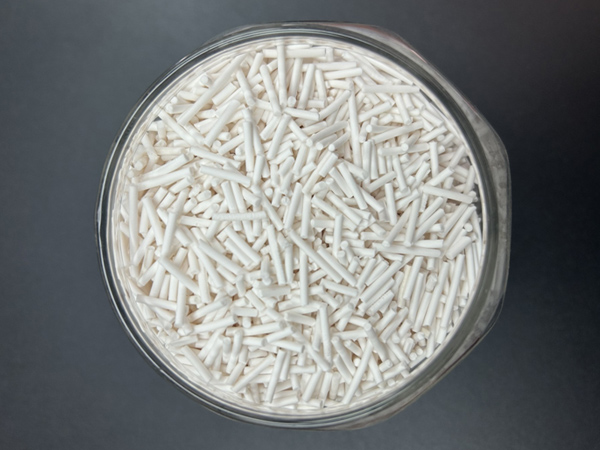
Overview:
The technology of ethanol dehydration to produce ethylene (ETO) is a green technology that uses ethanol as the raw material and catalytically dehydrates to prepare polymer-grade ethylene.
The research on the ethanol to ethylene project started in 1982. In 1983, the JT-II isothermal bed ethanol dehydration catalyst was developed. In 2005, the complete set of process technology for ethanol dehydration to produce ethylene in an isothermal bed with a capacity of 6,000 tons/year was developed and realized conversion. To meet the needs of large-scale equipment, in October 2006, the research on multi-stage adiabatic bed reaction catalysts and processes was carried out in Shanghai Petrochemical. In 2014, the 3,000-ton/year adiabatic bed industrial test was completed and passed the project acceptance. On this basis, the energy-saving 10,000-ton adiabatic bed ethanol dehydration to produce ethylene complete set of technology for 10,000 tons of bio-based ethylene was successfully developed. At present, the ethanol dehydration project has obtained 10 authorized Chinese invention patents.
Strong adaptability to raw materials: Both the JT-II catalyst and the SETO catalyst can adapt to different concentrations of ethanol.
High activity: The JT-1I catalyst and the SETO catalyst have lower reaction temperatures than similar catalysts.
High selectivity: The dehydration product ethylene concentration of the SETO catalyst can reach 99.7%.
High stability: The service life of the JT-1I catalyst can reach 18 months, and the service life of the SETO catalyst can reach 24 months, maintaining reaction performance during the operation period.
Environmentally friendly: The catalysts have no harmful or corrosive components, do not pollute the environment.